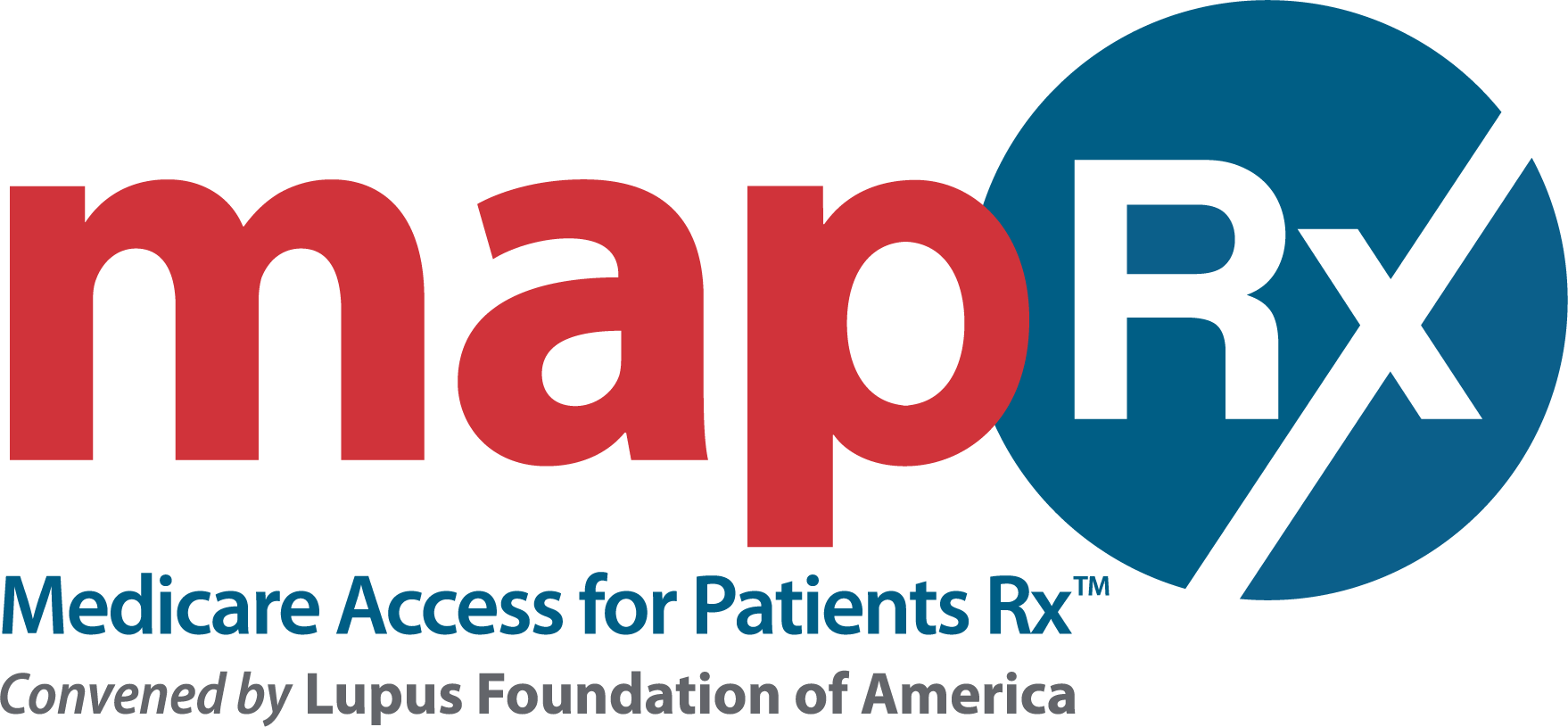Delivering on the Promise
and Building for the Future
DECEMBER 2013
Dear Congress:
 Thank you for delivering on the promise of a Medicare prescription drug benefit. Ten years ago, on December 8, 2003, President George W. Bush signed into law the Medicare Part D Prescription Drug Program. This new law provided – for the first time – prescription drug coverage for Medicare beneficiaries.
Thank you for delivering on the promise of a Medicare prescription drug benefit. Ten years ago, on December 8, 2003, President George W. Bush signed into law the Medicare Part D Prescription Drug Program. This new law provided – for the first time – prescription drug coverage for Medicare beneficiaries.
In response to the new program, the MAPRx Coalition was formed with over 45 national beneficiary, patient advocacy, family caregiver and health professional organizations committed to Medicare Part D. For over ten years, MAPRx has worked to advance federal policies to ensure access to affordable prescription drugs. For example, it was the hard work of MAPRx that saw the inclusion of the six-protected classes in the Medicare benefit.
 Medicare Part D offers prescription drug coverage that is delivering on its promise and poised for continued success. On December 8, 2003, President George W. Bush signed into law the Medicare Prescription Drug, Improvement, and Modernization Act (also called the Medicare Modernization Act or MMA) creating the Medicare Prescription Drug Coverage Program known as Medicare Part D. In creating the first-ever outpatient prescription drug benefit under Medicare, the law closed a significant gap in health insurance coverage for Medicare beneficiaries.
Medicare Part D offers prescription drug coverage that is delivering on its promise and poised for continued success. On December 8, 2003, President George W. Bush signed into law the Medicare Prescription Drug, Improvement, and Modernization Act (also called the Medicare Modernization Act or MMA) creating the Medicare Prescription Drug Coverage Program known as Medicare Part D. In creating the first-ever outpatient prescription drug benefit under Medicare, the law closed a significant gap in health insurance coverage for Medicare beneficiaries.
Ten years after the creation of Medicare Part D, we celebrate its successes and look forward towards improving upon and building a program that will meet the needs of all its current and future beneficiaries. Each day, Part D provides millions of Medicare beneficiaries with access to vital prescription drugs. >>DOWNLOAD THE REPORT [PDF]
More than half of all Medicare beneficiaries – about 32 million people – have come to rely on Medicare Part D for necessary, life-saving prescription medications. Research, reports, surveys, and polls have demonstrated that the program is working well for beneficiaries: it improves health, provides choice and saves money. Multiple studies have linked access to prescription drugs through Part D to improved health outcomes and decreased spending in other areas of the Medicare program. Furthermore, the cost to administer the program has been 30% less than the Congressional Budget Office estimate.
MAPRx urges Congress to recognize the successes of Medicare Part D. For example, robust formularies, coverage of the six-protected classes, strong oversight, and transparency for consumers are among the design principles essential to meet the needs of beneficiaries. In addition, a process for notice of non-coverage, appeals and exceptions are keys to providing access to prescription medications.
Medicare Part D is not perfect, and we urge Congress to make improvements. Weaknesses in the program prevent beneficiaries from taking full advantage of the benefits of prescription drugs. For example, specialty tiers in plan formularies create onerous cost shifting onto beneficiaries. Also, Congress should seek ways to improve program effectiveness for those receiving low-income subsidies. In addition, MAPRx believes Congress should curb the use of restrictive medication utilization management tools such as prior authorization, medication substitution, or quantity limits that restrict a beneficiary’s access to drugs. These policies place unnecessary barriers to patients’ access to the medications recommended by their physicians.
In the coming months, as Congress addresses our nation’s fiscal challenges, MAPRx urges you to resist any proposals that would alter a well-functioning Part D program, shift costs on to beneficiaries, and/or erode existing beneficiary protections. Making such changes will render the Part D program less effective and lead to an increase in costs in other parts of the Medicare program.
MAPRx Coalition stands ready to work with Congress to build Medicare Part D for the future. As more Americans become eligible for Medicare, the Part D program will play an increasingly integral role in maintaining beneficiaries’ health and reducing overall health care costs.
Sincerely,
Alliance for Aging Research
Alliance for Patient Access
Alzheimer’s Association
American Autoimmune Related Diseases Association
American Society of Consultant Pharmacists
Arthritis Foundation
Association of Community Cancer Centers
Asthma and Allergy Foundation of America
Caregiver Action Network
Community Access National Network
Community Health Charities of America
COPD Foundation
Easter Seals
Epilepsy Foundation
HealthHIV
Lung Cancer Alliance
Lupus Foundation of America
MANA, A National Latina Organization
Men’s Health Network
Mental Health America
National Alliance on Caregiving
National Alliance on Mental Illness
National Alopecia Areata Foundation
National Association of Hispanic Nurses
National Association of Nutrition and Aging Services Programs
National Black Nurses Association, Inc.
National Council for Behavioral Health
National Council on Aging
National Fibromyalgia & Chronic Pain Association
National Grange
National Kidney Foundation
National Minority Quality Forum
National Multiple Sclerosis Society
National Organization for Rare Disorders
National Psoriasis Foundation
Oncology Nursing Society
OWL National
Parkinson’s Action Network
Patient Services Incorporated
Prevent Cancer Foundation
RetireSafe
Society for Women’s Health Research
The AIDS Institute
The ALS Association
The Global Healthy Living Foundation
The International Foundation for Autoimmune Arthritis
The Leukemia & Lymphoma Society
United Spinal Association
US Pain Foundation
Veterans Health Council
Vietnam Veterans of America
WomenHeart

